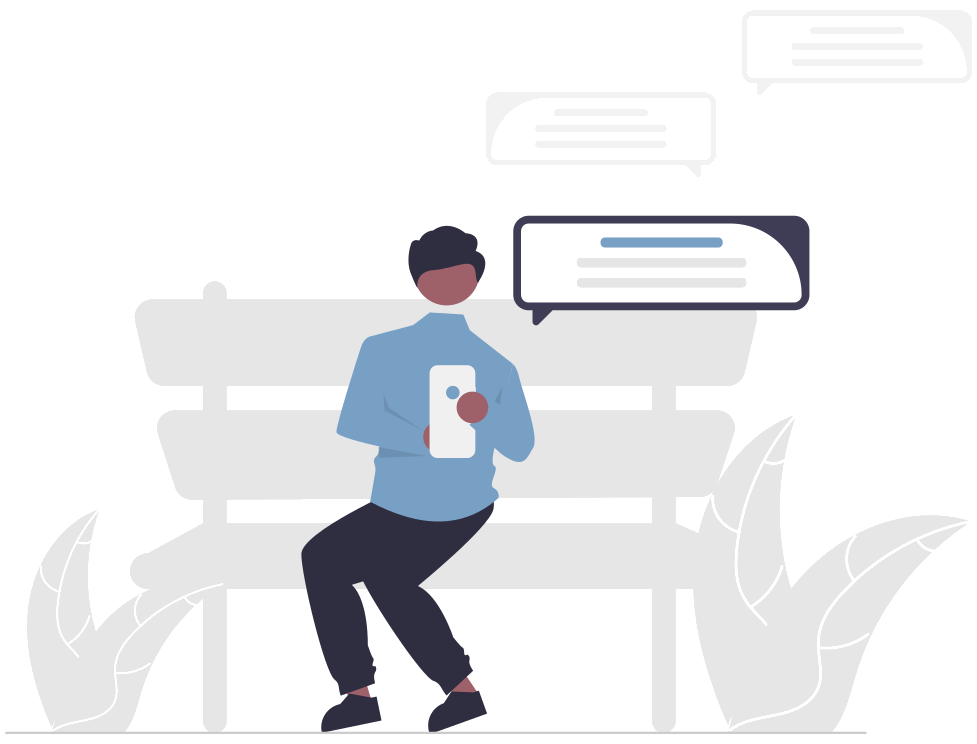Migraine can already occur in children. That was shown in a Scottish study, showing that children in the age category of 10-15 years of age could already have migraine. The prevalence of migraine in children, however, is rarer than the prevalence of migraine in adults.
Migraine in children: how do you recognize it?
Migraine in children is not always easy to recognize, because not all children can easily describe the pain. Children only have the capacity to talk about feelings and experiences at a certain age. That is why it often happens that it takes time before migraine in children can be diagnosed.
Furthermore, the life of children is less stable than that of adults is. They namely go through many physical and psychological changes under a short period of time. Because of the stress and confusion which these changes cause, migraine is not always easy to make out.
It often is so that migraine in children disappears when they get closer to puberty. However, it often also happens that migraine in children develops during puberty, especially for girls. Researchers found a link between the experiencing of depression and the development of migraine in girls.
Migraine in children: differences to adults?
Migraine in children differs at a few points from migraine in adults. For example, migraine attacks generally last less long in children than they do in adults. Also, children suffer more from headache at both sides of the head during a migraine attack. Only once they are older, the migraine will be felt more at one side.
Migraine test: test your migraine?
Would you like to know if you as a child eventually suffer from migraine in children? Then you can take the free migraine test here, which will explain to you to what extent psychological factors can have an influence on your migraine. The test can also tell you to what extent migraine affects your daily functioning and life.
Except for the test, "15Minutes4Me.com" also developed an online self-help program which can help you in the treatment of migraine. The program guides you on a daily basis in the treatment of factors which can cause migraine in children. If you have a good vocabulary, you can follow the program as a child, as long as your parents can explain some things to you.















